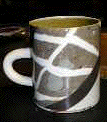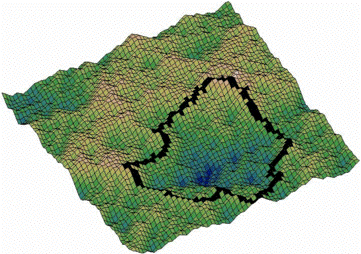Physics 524, Autumn 2025STATISTICAL MECHANICS
GENERAL INFORMATION:This is the first quarter of the graduate Thermodynamics and Statistical Mechanics graduate course sequenceThermodynamics is the macroscopic formalism that describes systems with very-many degrees of freedom. Thermodynamics originated from empirical observations. Statistical mechanics bridges the gap between the macroscopic and the microscopic descriptions of such large collections of particles. It explains the laws of thermodynamics and describes the fluctuations that appear when the number of degrees of freedom is smaller, ranging from Brownian motion, still visible by eye, to nano-length scale phenomena such as molecular motor transport at the biological cell level. Quantum statistical mechanics appeared early in the 20th century and is one of the corner stones of solid state physics, as well as particle and nuclear physics. In this course we will be able to cover only basic quantum phenomena, such as Bose-Einstein and Fermi-Dirac statistics, the vibrational and electronic contributions to the specific heat of solids like metals, and Bose-Einstein condensation in gases and liquids (Helium-4). More recent phenomena of interest, such as molecular motors in biological physics, critical phenomena and phase transitions, signals in complex networks in neural science and the internet, go well beyond the above conventional Physics applications and often are driven and far from equilibrium. For that reason, we will start this course with the fundamental definition of entropy from a pure statistics information perspective. Followed by a review of how entropy emerged in the 19th century within thermodynamics, and then focus on the conventional physics applications such a Bose-Einstein condensation. TEXTBOOKS:
CANVASAll lecture notes, homework assignments and solutions, quiz solutions, and all other electronic communications for this course will be posted on the Canvas Course site.OFFICE HOURS:Office hours in person or by Zoom every Tuesday from 2pm-3pm. Please Email me for personal communications and also for all other questions and/or for special Zoom meeting requests.CREDIT AND GRADES:To qualify for credit you must:
ACCOMODATION POLICIES:Students who require SPECIAL ACCOMMODATIONS or encounter special (un)expected circumstances during the quarter should contact me as early as possible, so we can address these in a timely fashion (before the next short test). See also: Disability Resources for Students .The RELIGIOUS ACCOMMODATIONS policies of the UW can be found here: https://registrar.washington.edu/staffandfaculty/religious-accommodations-policy. The background picture on this WEB page shows the so-called Fountain Effect in Super Fluid Helium. The picture on-top shows a domain wall trapped on a growing crystal surface with Ising type surface reconstruction ordering. home page of Marcel den Nijs home page Physics Department 
|
